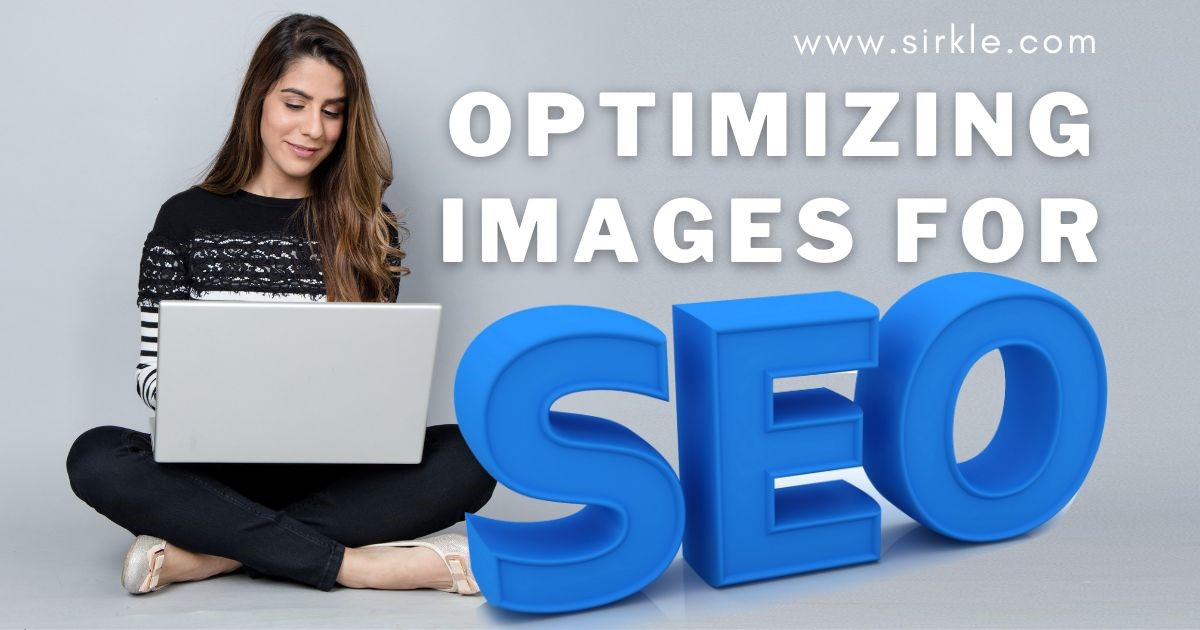Optimizing Images For SEO

An image is one of the most important components of a website. The purpose of these pages is to give the site visitor a better idea of what your business is all about. A website with images generates more traffic when it comes to search engine optimization (SEO). Optimizing them correctly makes them even more effective. We will discuss image optimization in more detail in this article.
Image optimization - what is it?
It can be quite boring to watch online content without images for some people. A website without pictures can even discourage some people from browsing it. Using images on your website is therefore a good idea. To improve your SEO results, you should optimize your images.
The process of optimizing an image involves slicing it and reducing its resolution so that its file size can be reduced. When someone opens or accesses your website, the image will load faster. A website's loading speed will be slowed down if you have web pages with images that are not optimized. In today's world, people prefer browsing faster-loading websites. Due to this, your website traffic will eventually decrease as a result of a slow website loading speed.
Image formats such as JPEG and PNG are popular choices for online users. The JPEG format gives you a small image, but you may lose some quality in the process. To achieve the image quality you require, you can make adjustments to get the right balance. In contrast, PNG files are larger, but they produce better quality images.
Images in SEO: Benefits
Using image optimization in your SEO efforts can provide you with the following benefits:
- You can improve the loading speed of your page by optimizing your images. The longer it takes for a web page to load, the more likely you are to lose site visitors to your competitors.
- Images that are optimized for search engines rank higher in search engine results. Crawling and these search engines will do indexing of your images. The larger the size of your image, the slower your website will be. As a result, search engines will lower your ranking on SERPs when they see this.
- The bandwidth used by images with smaller sizes will be lower.
- Your server requires less storage space for images with smaller sizes.
The Best Way to Optimize Images for SEO
The internet is a popular place to find images. Because of this, images draw a great deal of web traffic, which is why image optimization is important for search engine optimization.
The following are some ways to optimize images on your website:
- Give your article a title. Your image should first have an excellent title. Search engine results pages (SERPs) allow you to add keywords to the image titles of your web pages. Therefore, your image should have a relevant title. For your target market or potential customers to find your business website online, use words or phrases that are common or trending on search engines.
- Make use of alt tags. Your image needs to be described in this step so that the search engine can understand it. Alt tags can be added to your images to achieve this. You can have your image displayed on search engine results pages (SERPs) using an alt tag. You can easily find your image online by using the alt tag in your image. The alt tag may look something like this: src="kittens-and-puppies.jpg" alt="Kittens And Puppies" />.
- Reducing the size of images. Various online tools are available today that will help you reduce the size of your images. You can optimize images online using Adobe Photoshop, Gimp, NET, GIFsicle, JPEGtran, JPEG Mini, OptiPNG, pngquant, FileOptimizer, ImageOptim, Trimage, and ImageResize.org, among others.
- Add a caption. Your caption should describe what your image is about. Be sure to include more than just a catchy headline in your caption. To reduce the bounce rate, your caption should also retain visitors for a longer period of time. Bounce rate is determined by how long a user stays on a website before returning to the search engine because they did not find what they were looking for. Your website's SEO suffers as a result of an increase in bounce rate.
- Make sure you save the file using the appropriate name. Last but not least, you should save your image with a filename that pertains to your business or industry. Image filenames should include keywords or phrases that people commonly search for online, just like the alt tag. In addition, your brand's products or services can also be included in the filename. Optimizing your image for search engine results is all about getting it to the top of the search engine results page.
SEO is improved by image optimization
The benefits of optimizing your images might seem extra work, but they're well worth the effort. The purpose of this is to increase traffic to your website by making it load faster. The optimization of your images also makes it easier to share them on social media networks, which is helpful in marketing campaigns.
As a result, optimizing your images will help your website rank higher in search engine results. Don't be afraid to add some color and interest to your website with images. Would you like to learn more? Check out https://www.sirkle.com/ for more information.


